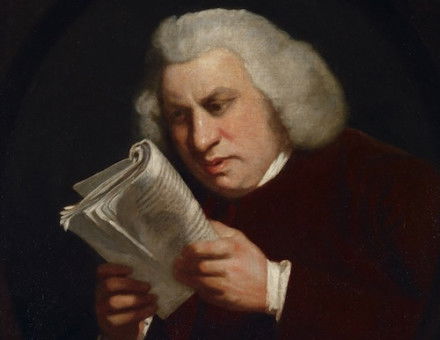Napoleon in 1815: The Second Reign
Napoleon returned to Paris in 1814 pledged to the concept of a liberal Empire. From the paradoxical experience of the Hundred Days, writes Harold Kurtz, sprang both the legend and reality of Bonapartism.
As Napoleon was marching northwards in March 1815 Colonel Girod de l’Ain, who under the Empire had been aide-de-camp to General Curial of the Old Guard, decided to travel to Paris from the remote village just north of Geneva where he had spent the ten months of the First Restoration.
“I travelled,” he tells us, “in uniform, but I took the precaution of providing myself with two cockades, one white, the other tricolour, and according to which colour flag I saw flying from the belfries of any town or village we passed through, I hurriedly adorned my hat with the appropriate cockade.”
It must be admitted that this prudent attitude was observed by a good many Frenchmen, not only at the beginning, but throughout the duration, of Napoleon’s second reign.
Many of them, perhaps even the majority, could not bring themselves to believe that the liberal Empire, a constitutional Monarchy under the Bonaparte dynasty, would be permitted by Monarchical Europe to establish itself in France.
The commercial and professional classes especially feared that Napoleon’s return must mean war.





